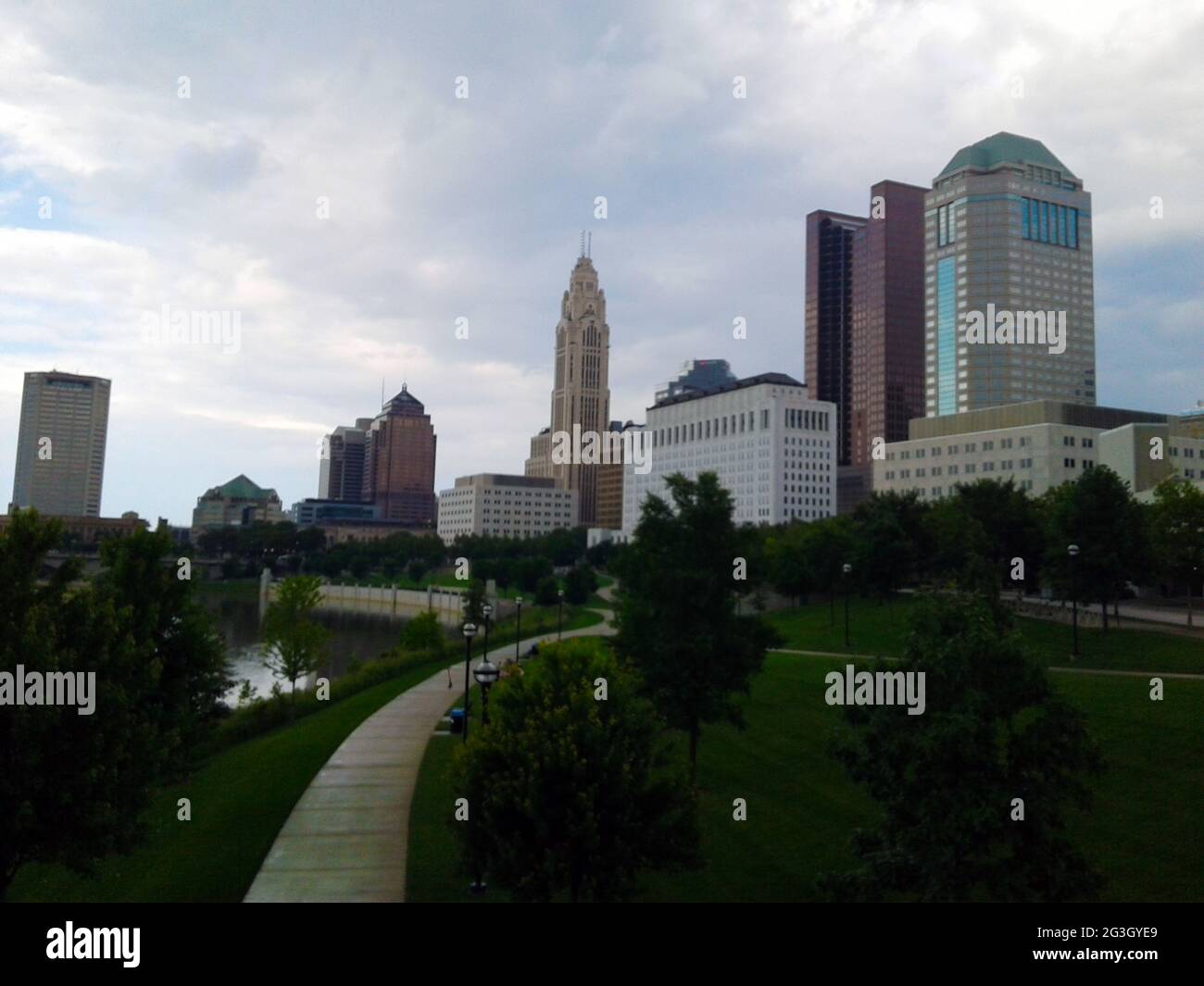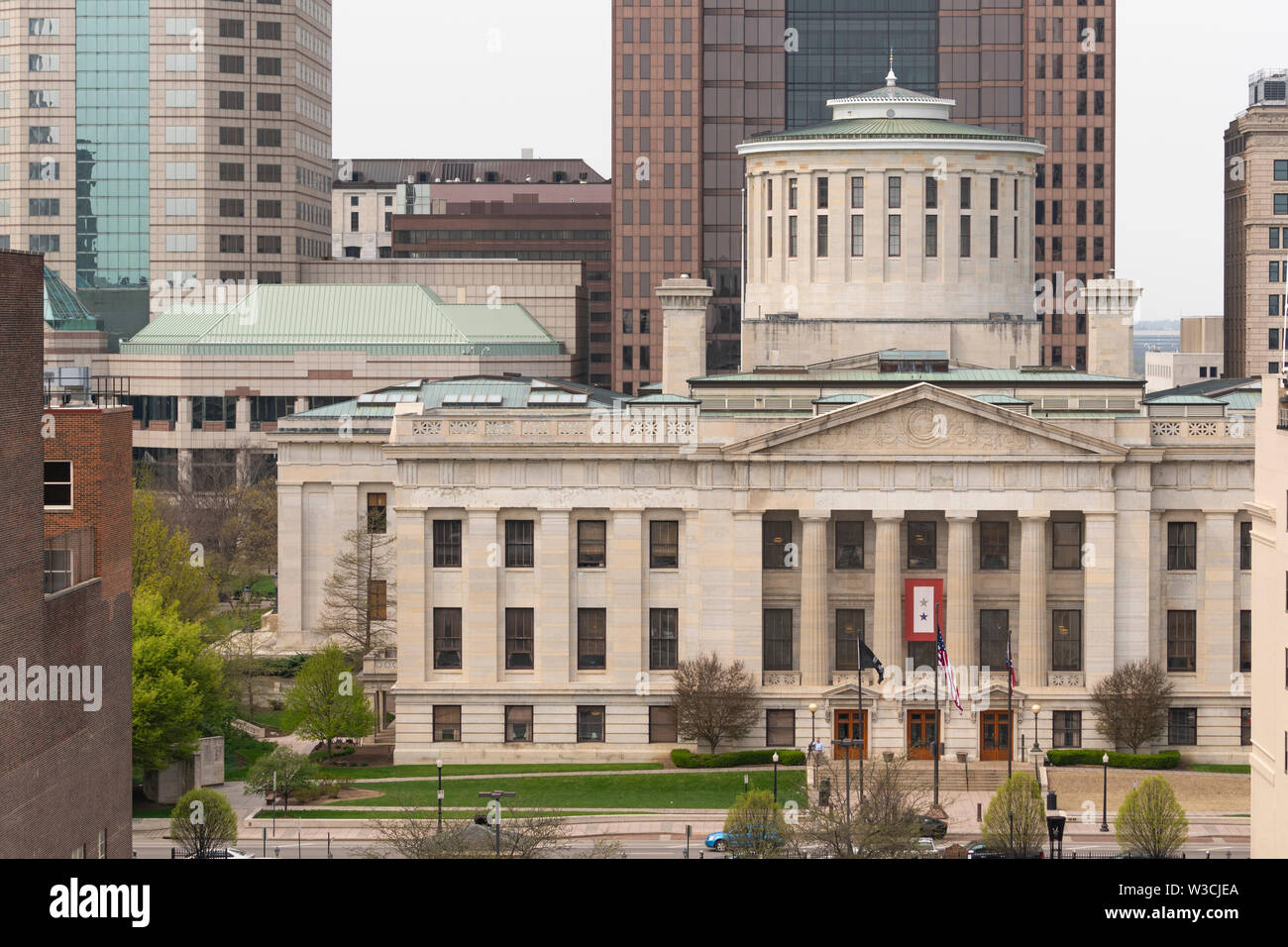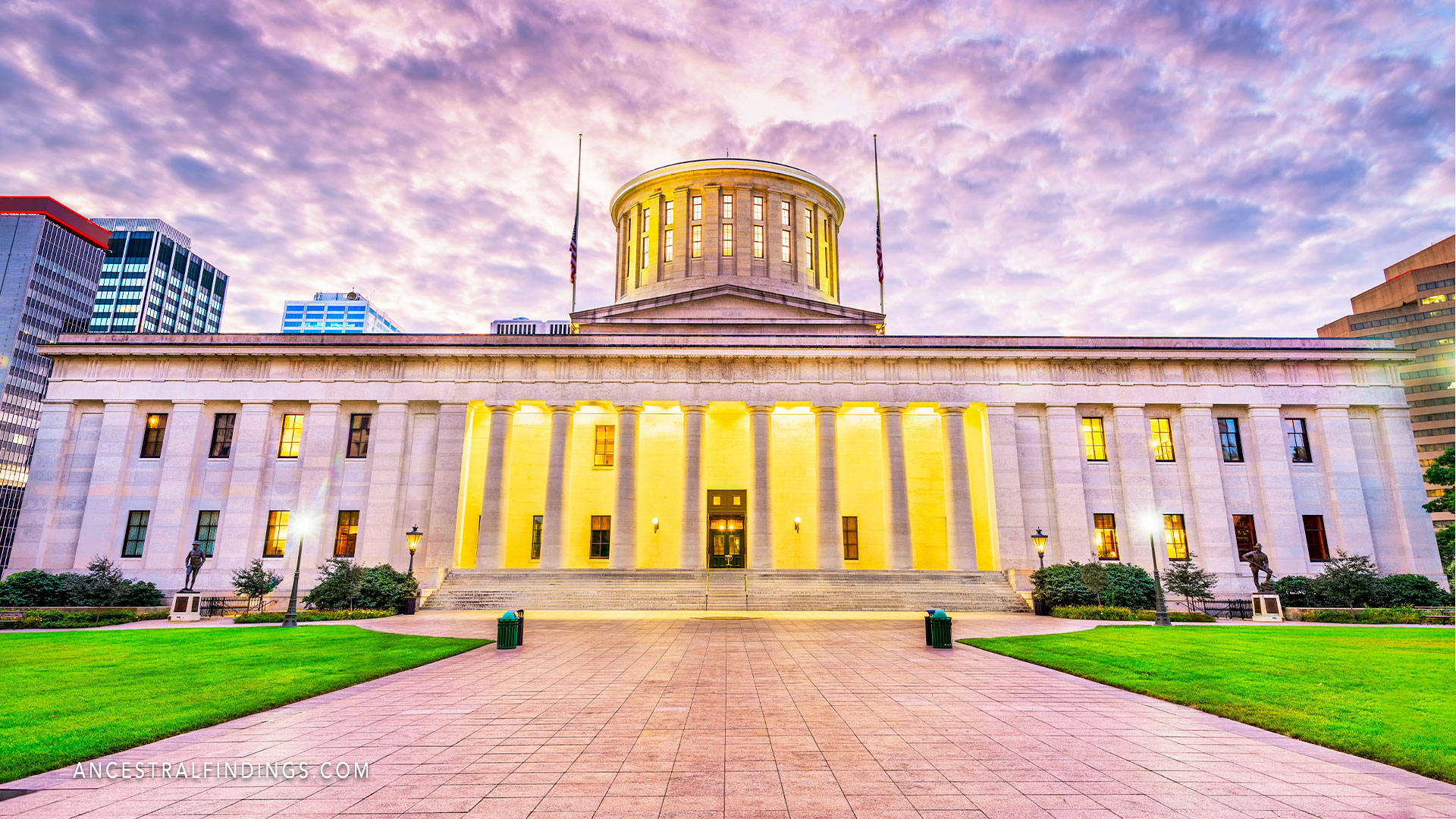Ohio's Capital: Unveiling Columbus History & Facts!
Was it always destined that a single city would rise to become the undisputed heart of the Buckeye State? Absolutely, Columbus stands as the definitive Ohio capital, a beacon of governance, commerce, and culture meticulously woven into the state's identity. Situated as the state capital, Columbus holds a unique and vital position within the tapestry of Ohio. It's more than just a geographical point; it's the nexus of political power, economic activity, and cultural innovation, making it the nucleus of the states operations. As such, examining the multifaceted role of Columbus offers a deeper understanding of Ohio itself.Columbus, gracefully straddling Franklin, Fairfield, and Delaware counties, officially claimed its title as the capital in 1816, though its status as the seat of Franklin County had been established earlier in 1824. The city's strategic placement in the central Ohio till plain, where the Scioto and Olentangy Rivers converge, was no accident; it was a deliberate choice aimed at fostering accessibility and growth. But before Columbus ascended to its current prominence, the story of Ohio's capital involved a nomadic journey, shifting between Chillicothe and Zanesville during the state's nascent years. The final selection of Columbus marked a pivotal moment, solidifying its role as the permanent center of Ohio's political universe. The Ohio Statehouse, a magnificent Greek Revival structure standing proudly on Capitol Square in downtown Columbus, serves as the physical embodiment of this power. It houses the Ohio General Assembly, comprised of the House of Representatives and the Senate, where the state's laws are debated, shaped, and enacted. But Columbus isn't just about politics; it's also a major economic engine.



| Category | Information |
|---|---|
| Name | Columbus |
| Location | Central Ohio, Franklin, Fairfield, and Delaware Counties |
| Established as Capital | 1816 |
| Seat of Franklin County | 1824 |
| Geographic Coordinates | 39.96 N latitude, 83.00 W longitude |
| Rivers | Junction of Scioto and Olentangy Rivers |
| Former Capitals | Chillicothe (1803-1810, 1812-1816), Zanesville (1810-1812) |
| Statehood | March 1, 1803 (17th state) |
| Neighboring States | Indiana, Kentucky, Michigan, Pennsylvania, West Virginia |
| Population (2020) | 905,748 |
| Ranking | Largest city in Ohio, 14th largest in the U.S., 2nd largest in the American Midwest |
| Government Building | Ohio Statehouse, Capitol Square, Downtown Columbus |
| Legislative Body | Ohio General Assembly (House of Representatives and Senate) |
| Economy | Education, Health Care, Insurance, Food, Medical Research, Defense, Fashion, Aviation, Technology |
| Historical Significance | Location of Ohio Holocaust and Liberators Memorial; Museum Education Center (70,000+ visitors annually) |
| Architectural Style of Statehouse | Greek Revival |
| Capital Improvement Programs | State Capital Improvement Program (SCIP), Capital Budget |
| Official Website | City of Columbus Official Website |
- Unveiling The Dan Band Members History More Insights
- Ella Dixon Parents What You Need To Know Latest

Ohio state capital building hi res stock photography and images Alamy

Columbus is the State Capital of Ohio Headquartered at the Government Statehouse Stock Photo Alamy

Ohio The State Capitals 35 Ancestral Findings